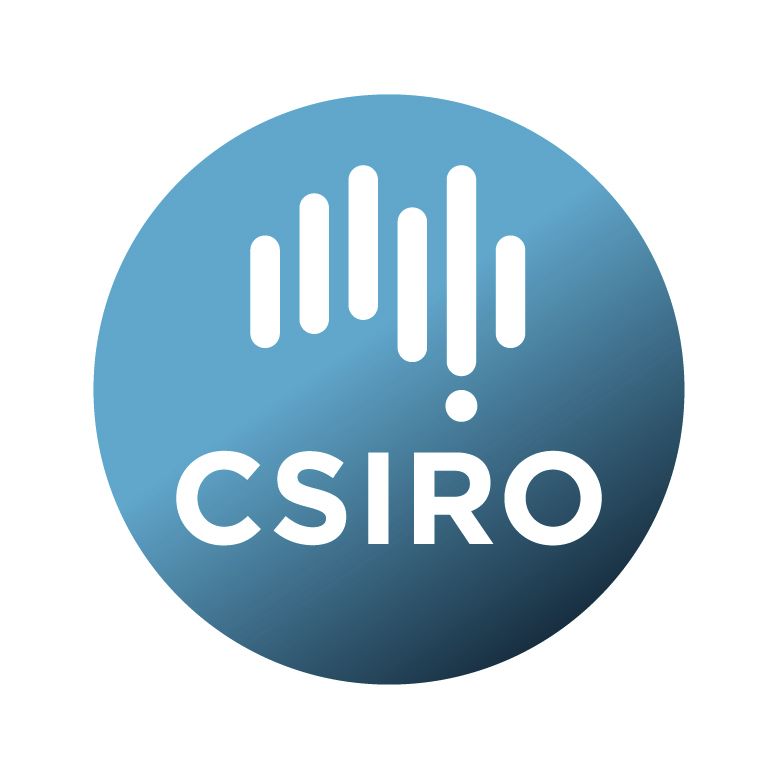Brief description
DNA sequence supermatrices and phylogenetic trees underlying a paper submitted to Capitulum.Lineage: To add to our understanding of the placement of taxa of relevance to fireweed biocontrol research, we generated new Sanger sequence data for 38 samples representing some taxa for which no data were previously available, species whose phylogenetic placement we wanted to confirm independently, and all taxonomic varieties of Senecio pinnatifolius except var. leucocarpus I. Thomps., which is presumed extinct. The targeted sequence regions and primers used were the same as in our previous study (Schmidt-Lebuhn & al., 2020), i.e., the nuclear ETS and ITS as well as chloroplast psbA-trnH and trnL regions, so that the new data could be added to the existing dataset. For the purposes of the results presented here, we focus on ribosomal data (ETS, ITS), because they provide stronger phylogenetic resolution and confidence than the chloroplast regions.
DNA was extracted from herbarium specimens at CANB and NU. Laboratory work and sequencing was outsourced to the Australian Genome Research Facility. Contigs were produced using Geneious (www.geneious.com). We removed the sequences of Senecio pinnatifolius from the data matrices used in Schmidt-Lebuhn & al. (2020), because their varietal affiliation was not always known and may have been chimeric, and added the new sequences.
ETS and ITS sequences were concatenated using a custom Python script, and alignments were produced using MAFFT 7.453 (Katoh & Standley, 2013). A Maximum Likelihood phylogeny was inferred with IQ-TREE 2.1.2 (Minh & al., 2020), with both gene partitions under the substitution model GTR+F+I+G4 chosen by automatic model and partition testing, and 1,000 UltraFast Bootstrap (UFB) replicates as branch support values (Minh & al., 2013). Chloroplast psbA-trnH and trnL sequences were likewise concatenated and analysed with the same approach; model testing favoured K3Pu+F+G4 for psbA-trnH and TIM+F+G4 for trnL.
Available: 2022-06-15
Data time period: 2021-04-01 to 2022-04-30
Subjects
Australia |
Biological Sciences |
Biological Control |
Environmental Sciences |
Environmental Biotechnology |
Evolutionary Biology |
Plant and Fungus Systematics and Taxonomy |
Senecio |
biological |
control |
fireweed |
phylogenetics |
User Contributed Tags
Login to tag this record with meaningful keywords to make it easier to discover
Identifiers
- DOI : 10.25919/HF5F-6E62

- Local : 102.100.100/441315


